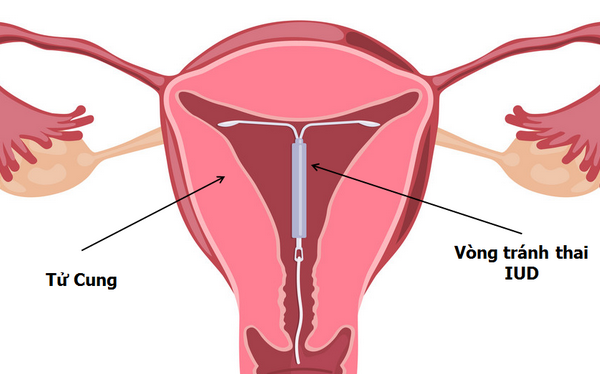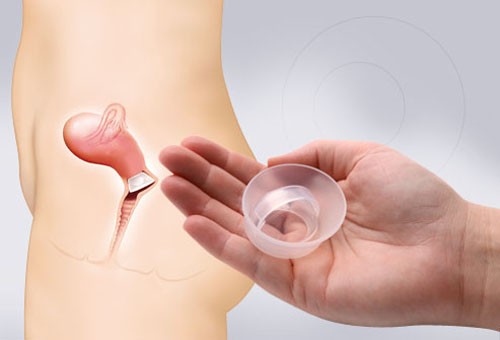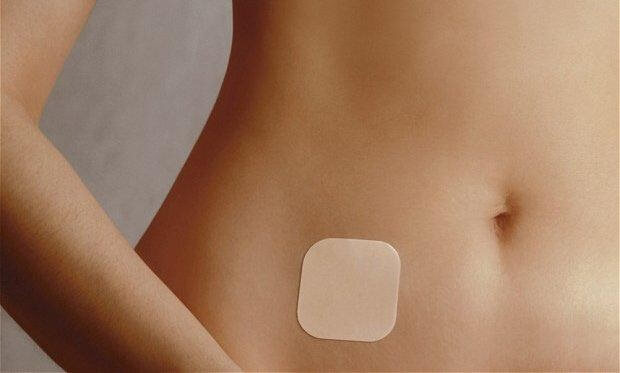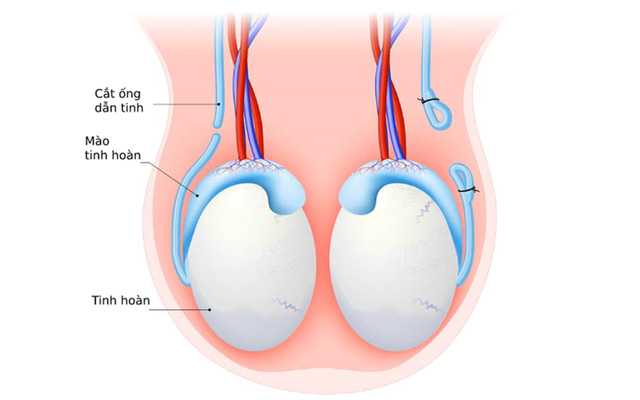Advantages and disadvantages of 10 current contraceptive methods you should know-Life Health
Currently, there are many methods of contraception for both men and women. So how to choose the right measure for you? Below are specific analyzes of the pros and cons of each contraceptive method of MS.BS. Tran Thu Nguyet – Vietnam Institute of Applied Medicine.
1. Prevent pregnancy with male condoms and female condoms
Today, there are both male and female condoms to choose from. In Vietnam, female condoms are not as popular as male condoms.
Advantage: Condoms are cheap and the only contraceptive method that not only prevents unwanted pregnancy but also prevents sexually transmitted diseases.
For women, female condoms can make women more proactive because they can use protection for themselves.
Defect: The male condom is only about 82% effective at preventing pregnancy and the female condom is about 79%. Because there is still a ratio pregnant When using condoms, some doctors often recommend using a condom in combination with another method of birth control.
Besides, female condoms are often difficult to put on and sometimes make a sound during sex with a partner.
2. Avoid pregnancy by calculating the day of ovulation

MSc.BS Tran Thu Nguyet.
Many people still prevent pregnancy by counting days. You need to know about your menstrual cycle. During the days of ovulation, you need to use a condom during sex.
Advantage: You are completely comfortable having sex without having to use contraception on safe days.
Defect: Even with careful control, you can still get pregnant because women can ovulate on a different day of the month.
Note that sperm can still be active for about 5-6 days after sex, so you still need to use protection for 6 days before you ovulate.
3. Using an IUD
The IUD is a T-shaped device that is inserted into the uterus. Doctors will perform this procedure. There are two common types of IUDs: the copper IUD or the progestin IUD.
Advantage: Using the IUD is very effective. Only about 1% of women who have had an IUD get pregnant after having sex. Another advantage is that you don’t need to use it with spermicide.
The copper IUD can be inserted for 12 years and the hormonal IUD can be inserted for 5 years. Copper IUDs can even be used as emergency contraception if inserted within 5 days of unprotected sex.
Using the IUD is very effective. Only about 1% of women who have had an IUD get pregnant after having sex. Moreover, you do not need to use it with spermicide when using the IUD
Another advantage of the IUD is that although it lasts a long time, you can get pregnant again after the IUD is removed.
Defect: The IUD can cause stomach upset. And if you have genital and urinary tract infections at the time of your IUD insertion, your risk of pelvic inflammatory disease is increased.

Contraceptive ring.
4. Contraception with a contraceptive implant
The contraceptive implant is a plastic rod (about the size of a matchstick), that contains progestin, and is a long-term contraceptive. The rod will be implanted under the skin of the arm by the doctor and will work to prevent pregnancy for 3 years.
Advantage: You won’t have to worry about birth control for 3 years. The contraceptive effectiveness of this method is similar to that of the IUD. If you are planning to have a baby, you can still get pregnant after the birth control device is removed from your body.
Defect: Most women will experience irregular bleeding within the first year. And if the abnormal bleeding is severe, then you need to see your doctor for treatment.

Contraceptive implant.
5. Contraception with a diaphragm
This is a barrier method of contraception. The diaphragm is a small, elastic cup that is placed in the vagina to prevent sperm from entering the uterus, and is often used with spermicide.
Your doctor will perform a diaphragmatic procedure for you. The diaphragm needs to be placed snugly against the vagina. In 1 or 2 years, you need to go to medical facilities for your doctor to check your diaphragm.
Advantage: You can use a diaphragm at any time, about 24 hours before sex. If you have a history of certain diseases such as breast cancer If you are not suitable for using hormonal contraceptives, you should use a diaphragm.
Defect: The diaphragm is only about 88% effective at preventing pregnancy.
The diaphragm must be used with spermicide and must remain in place for about 6 hours after sex for the best effect. Using a diaphragm can increase your risk of urinary tract infections.
A diaphragm isn’t the best choice because spermicide can increase your risk of getting HIV from a sexual partner.

Vaginal diaphragm.
6. Use the contraceptive patch
The contraceptive patch and the vaginal ring are two birth control methods that use the hormones estrogen and progestin like the pill, but not every day like. birth control pills. The contraceptive patch is a thin patch that can be applied to the abdomen, buttocks, or arms and can be replaced weekly.
Advantage: The contraceptive patch is up to 92% effective.
Defect: The birth control patch can cause skin irritation in some women. The contraceptive patch and the vaginal ring can cause side effects such as bleeding, headaches, bloating, and breast tenderness.
You should not use the contraceptive patch and vaginal ring if you have a history of blood clots, uncontrolled blood pressure, or migraines.
Vaginal rings also have another undesirable effect of causing irritation and discharge from the vagina.

Use the birth control patch
7. Birth control pills
There are many types of birth control pills for women to choose from, including progestin-only pills and estrogen-progestin combination pills.
Advantage: If you use birth control pills correctly, the failure rate is only about 1%.
Combined oral contraceptives also work to reduce menstrual pain, reduce the amount of bleeding during menstruation and reduce symptoms of premenstrual syndrome.
Birth control pills can also protect you from inflammatory diseases, pelvic infections, endometrial cancer, and ovarian cancer.
Progestin-only birth control pills are a good choice for women who are breastfeeding because they do not affect milk production. This drug is also safer for women with a history of blood clots or uncontrolled blood pressure.
Both types of birth control pills work to regulate your menstrual cycle and can even be used to control the number of cycles you have per year.
Defect: If you forget to take your medicine, the failure rate of this measure will be up to 8%. If you take progestin-only birth control pills, it’s important to remember to take them at the same time each day.
Birth control pills can cause vaginal bleeding, breast tenderness, nausea, and decreased sex drive. The combination pill may come with an increased risk of blood clots forming in your legs and an increased risk of stroke if you’re a smoker.

Contraceptive pills.
8. Injectable Contraceptives
Oral contraceptives injected into the arm can prevent pregnancy for at least 3 months. Oral contraceptives prevent ovulation and make it harder for sperm to move by increasing mucus in the cervix.
Advantage: When injectable contraceptives are injected in medical facilities, the pregnancy rate after injection is less than 1%. With birth control injections, you won’t have to think about birth control measures daily, weekly, or even monthly. The injection can reduce your risk of uterine cancer and protect you from pelvic inflammatory disease.
Defect: You will have to go to a medical facility for injections, and injections will often cause more abnormal bleeding than pills, patches and vaginal rings, especially during the first 3-6 months you use the method. this.
Prolonged use of injectable birth control pills also reduces bone density and therefore you should have a bone density test if you have been using this method continuously for 5 years. However, the loss of bone density can be restored to its original state when you stop using the injection.
If you plan to get pregnant in the future, you’ll need to plan ahead of time because the injectable pill can take 3-18 months for you to ovulate again.

Contraceptive injection.
9. Contraception by vasectomy for men
A vasectomy is a procedure used to sterilize men, whose purpose is to stop sperm from being released from the male genitals. That is, when a man ejaculates, there is only fluid in the ejaculate, not sperm in it.
Advantage: A vasectomy is almost 100% effective birth control. The failure rate for vas deferens to grow back is only 1 in 1000 men. Performing this procedure does not affect health as well as sex life.
Defect: After a vasectomy, you’ll still need to use birth control during sex. After 3 months, you go to the doctor for a sperm test and should only have sex without other methods of contraception when there is a conclusion from the doctor.
In order to have children again, men who have had a vasectomy must undergo surgery to reconnect the vas deferens. Vasectomy is not easy and doesn’t always work. Therefore, you need to consider carefully before having a vasectomy when you are sure that you do not intend to have children or you can store sperm before the procedure.

A vasectomy is a procedure used to sterilize men.
10. Contraception by tubal ligation
Tubal ligation is a permanent method of contraception for women. This is a method that prevents an egg from being fertilized and leading to pregnancy.
Advantage: This is an almost safe measure and does not change the amount of hormones in the body. Tubal ligation also achieves a birth control rate of close to 100% and also reduces the risk of ovarian cancer later in life.
Defect: Tubal ligation requires anesthesia and surgery. Anesthesia and surgery come with a number of risks such as: reaction to anesthesia, bladder or bowel damage, pelvic pain after surgery, etc.
If you have had a tubal ligation, you will no longer be able to have children. So you need to make sure that you don’t want any more children before proceeding with this measure.
at Blogtuan.info – Source: 24h.com.vn – Read the original article here



